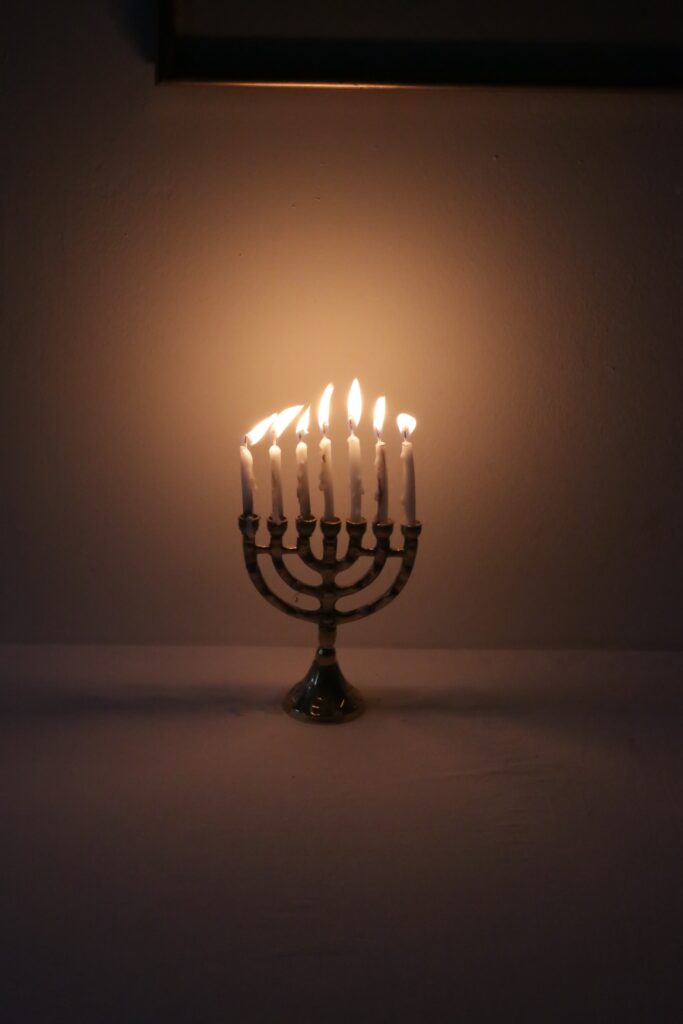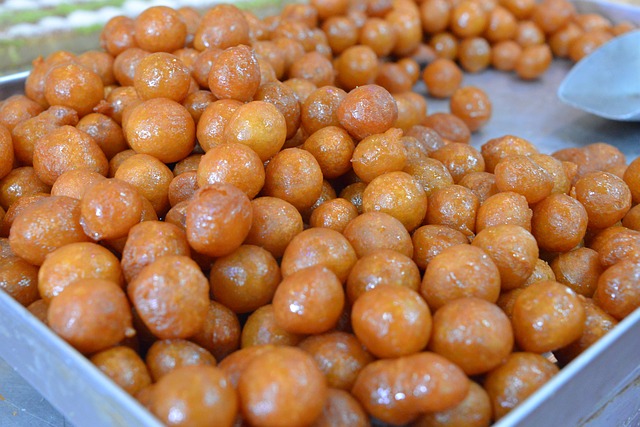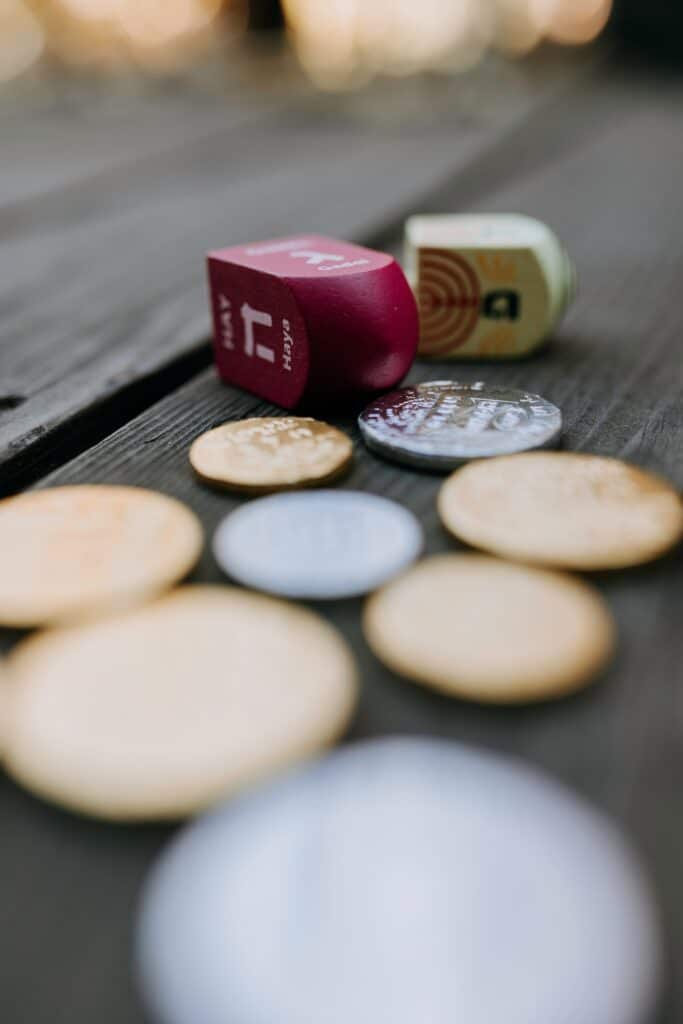First Day of Hanukkah
The first day of Hanukkah begins on November 8th, 2021 and will last until December 6th, 2021 . This Jewish holiday is also called Chanukah or the Festival of Lights. Hanukkah is an eight-day long observance serves as a commemoration of the struggles of the Jews, especially concerning religious freedom. It is also a celebration of the rededication of the second Holy Temple in 2nd century Jerusalem and it takes place during the Jewish month of Kislev on the 25th day, which ranges from November to December. The holiday’s namesake comes from the Hebrew word meaning “dedicate.”
Background
The Jews rebelled against the Greeks in 162 BC, an event called the Maccabean War. This was a revolt by the Jewish people after a law was passed outlawing Jewish religious rituals.
Antiochus, who ruled the Seleucid Empire at the time, had instituted an altar to Zeus with pig sacrifices, which followed Ancient Greek religion. The revolt was led by a Jewish priest named Mattityahu and his sons.

After winning the revolt, the Jews cleansed the Temple and performed a rededication. Texts state that during the 25th of Kislev ceremony, the shortage of consecrated oil meant that they could only light the lamp for a day. The enemies had just been driven from the temple and hadplundered the oil that had been consecrated by the High Priest. However, the tiny supply lasted the entire eight-day ceremony. Some sources site Nehemiah, who was known his efforts to purify and rebuild the Jewish people and Jerusalem, as the one who lit the lamp.
Not all Jewish texts that mention the temple’s rededication tell of this miracle and the story is actually not found in the Hebrew Bible. Rather, the story is told in the First and Second Maccabees, which are apocryphal books, meaning that their authenticity has been doubted. However, the story is told in the Talmud and the Maccabees. A Jewish historian, Flavius Josephus, stated in a book he wrote called Jewish Antiquities XII.
First Day of Hanukkah Rituals
Jews will observe traditions every day of Hanukkah. During the service, the blessing, and daily prayers are augmented and centered on the themes of Hanukkah. Unlike many other Jewish holidays and the Sabbath, this holiday does not require a restriction of activities—Jews do not have to fast or stay home from work. Certain rituals are celebrated with a private observance while others are communally celebrated with religious services or community events.
Lighting the menorah after dark the most widely observed ritual of Hanukkah. This candelabrum with nine branches symbolizes the miracle of the oil during the commemoration of the temple in Jerusalem. While the Shamash, or helper candle, is lit in order to illuminate the rest of the menorah, observers will light one candle on the first night. On the second day, two candles are lit, and this pattern is carried out through the rest of the festival.
The lighter will trade off the side of the menorah that is lit, starting with the right side. Some will use oil lamps instead of candles. Menorahs are usually set up in front of windows so that those outside can be reminded of the festival. These candles and lamps are supposed to burn for at least half an hour.
The first night of Hanukkah, Jews recite three blessings and two on the remaining days. After lighting the menorah, Jews will sing Hanerot Halalu, a hymn with many variations across cultures. But the main theme consists of addressing the reasons for lighting the menorah and giving thanks and praise to God. Another hymn is also sung, Ma’oz Tzur, which deals with salvation, persecution, and thanks to God for his protection during the tragedies and persecution of the Jews. Some may sing additional songs, hold more prayers, or recite from Psalms.
Food is also a large part of the Hanukkah tradition.
Most meals consist of foods fried, baked, or dipped in oil in honor of the miracle of the consecrated oil. This includes:
- Doughnuts with jam
- Potato pancakes
- Loukoumades, honey or sugar dipped fried puffs. It is believed that the Maccabees ate this dish.
- Latkes, in honor of the widow Judith’s victory.
- American children may make pretzels or cookies shaped like Hanukkah symbols. This also serves to teach them the associated stories.
- Brisket.
- Beef or veal tongue, often served with a sweet sauce made from berries or raisins.
- Kugel, a dish made with squash, onions, carrots, and potatoes.
The dreidel is another tradition of Hanukkah
 This four-sided spinning toy features prints of Hebrew letters on each side. These letters—Nun, Gimel, Hey, Shin—form an acronym for the Jewish phrase meaning “A great miracle happened there.” Israelis will sell dreidels with another letter, Pe, signifying that the miracle happened in Israel. There are also symbolic connotations to the four sides of the dreidel. One idea suggests that they symbolize the Israelite’s four exiles: Rome, Greece, Persia, and Babylonia.
This four-sided spinning toy features prints of Hebrew letters on each side. These letters—Nun, Gimel, Hey, Shin—form an acronym for the Jewish phrase meaning “A great miracle happened there.” Israelis will sell dreidels with another letter, Pe, signifying that the miracle happened in Israel. There are also symbolic connotations to the four sides of the dreidel. One idea suggests that they symbolize the Israelite’s four exiles: Rome, Greece, Persia, and Babylonia.
Many Hanukkah observers play a game with the dreidel after lighting the menorah. It is played with 10-15 game pieces per player, which may be coins, raisins, nuts, or chocolate candies. After all players put one piece in the communal pot, a player will spin the dreidel. The side that it falls on will tell the player to either take a piece from the pot or give a piece a piece from their own pieces to the pot. The game is played until a player has won all of the markers.
The dreidel may originate from attempts to hide study of the Torah when this was outlawed, especially by the Greeks. To non-Jewish onlookers, the game simply looked like gambling as Jews would put away their scrolls or other materials when approached by Greek officers.
The tradition of Hanukkah gelt is the giving of money to children and teachers. This is usually a small sum except for some parents and grandparents. Sometimes chocolate coins or other chocolate treats are given instead.
The story of Judith used to be closely associated with the Hanukkah celebration but is rarely observed today. Judith is known for decapitating the Assyrian emperor, allowing for the Israelites to ambush his army and win back the city of Bethulia. This story coincides with many of Hanukkah’s themes but has evolved into a very minor custom. The main tradition that honors Judith is eating dairy foods, especially cheesecake and blintzes.